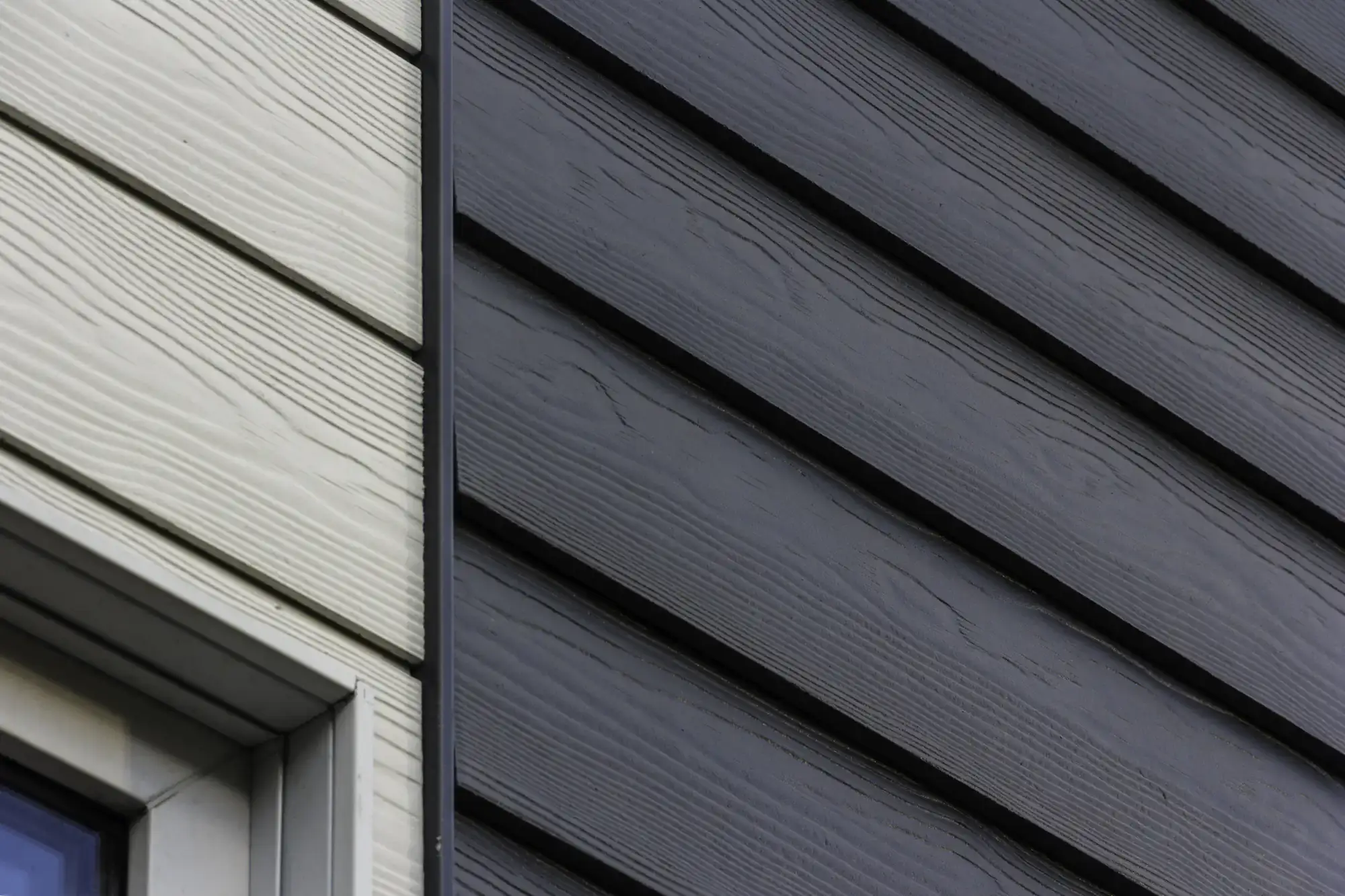
Hear from Our Customers
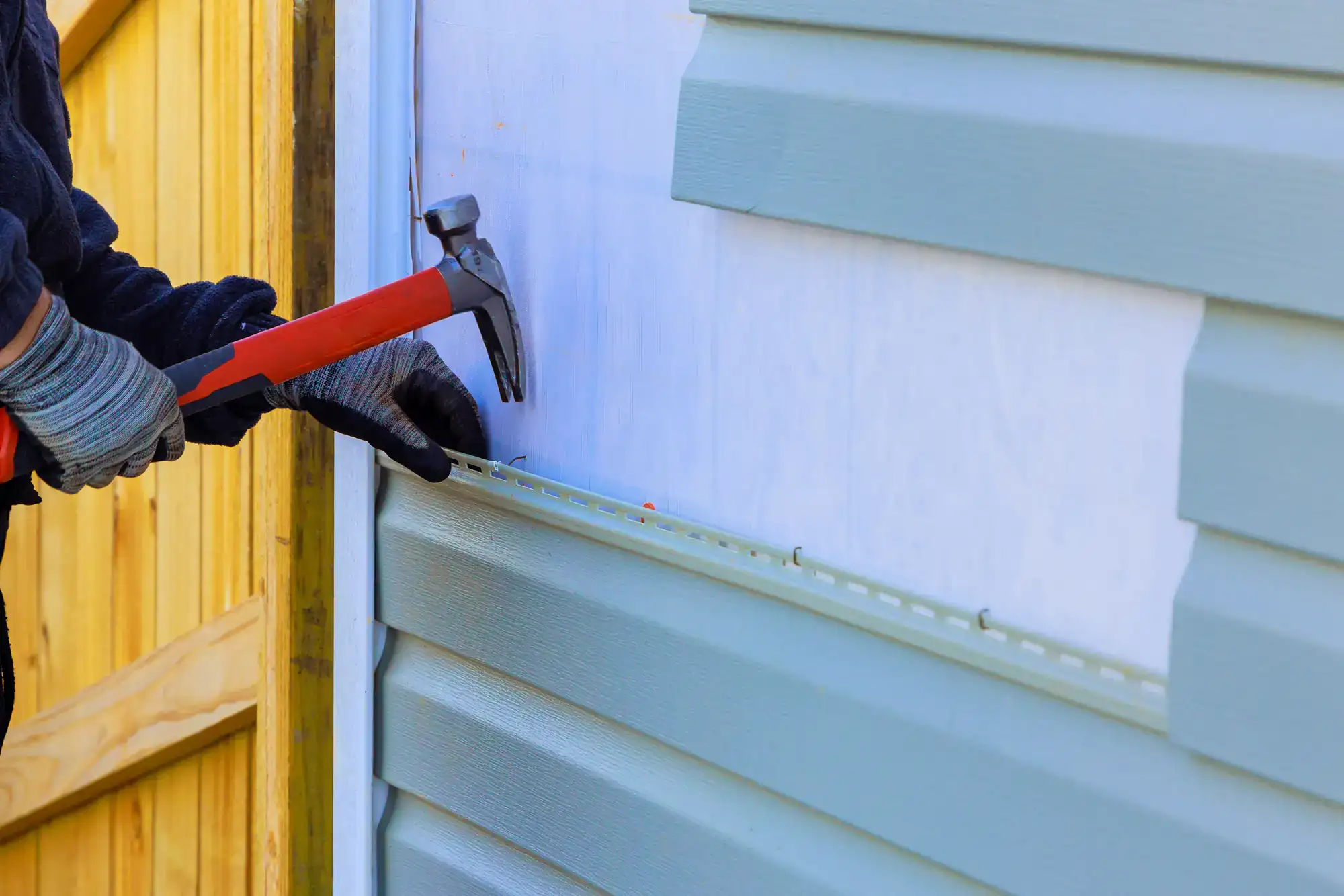
When your siding fails, everything inside your home is at risk. Water damage. Mold. Skyrocketing energy bills. Pest infestations that turn into expensive nightmares.
Quality siding changes all of that. You get a home that shrugs off nor’easters and hurricane-force winds. Energy bills drop because your house isn’t bleeding heat through gaps and cracks. No more painting every few years or dealing with rotting wood that attracts termites.
The right siding gives you decades of protection with minimal upkeep. Your home looks better, performs better, and holds its value better. That’s what happens when you choose materials designed for Long Island’s unique challenges.
We’ve been Elwood’s trusted siding contractor since 2002. We’re the local team that understands what Long Island weather does to homes.
We’ve seen every type of siding failure this area can dish out. Vinyl that warps in summer heat. Wood that rots from coastal humidity. Storm damage that leaves homes exposed for weeks while homeowners wait for repairs.
That’s why we focus on materials and installation methods that actually work here. James Hardie fiber cement that withstands hurricane winds. Proper flashing and moisture barriers that keep water where it belongs. Installation techniques refined over thousands of Long Island projects.
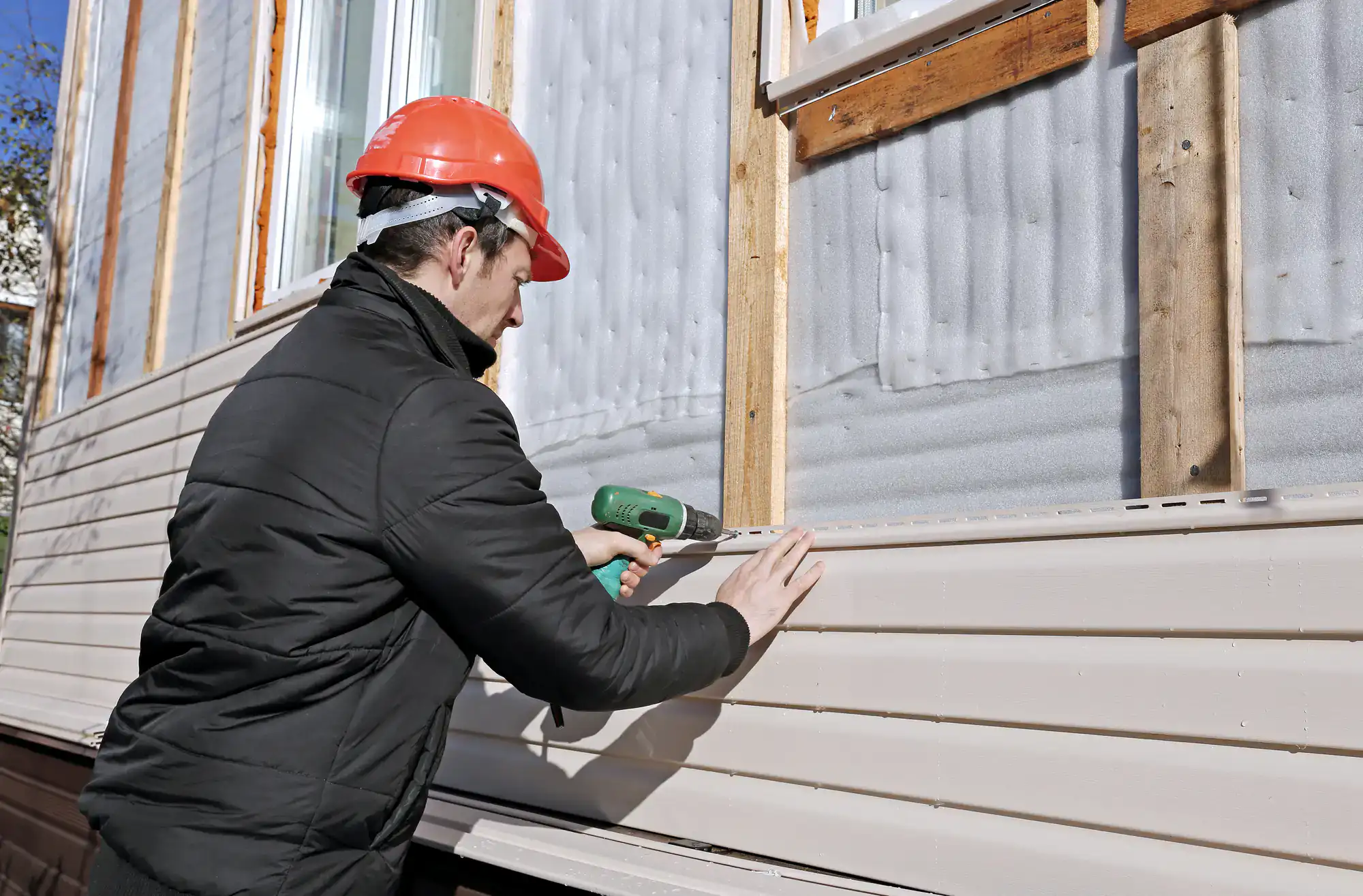
We start with a thorough inspection of your current siding and underlying structure. No surprises later – we identify any moisture damage, structural issues, or areas that need extra attention before we begin.
Next comes material selection. We’ll walk you through options that make sense for your home, budget, and Long Island’s weather patterns. Whether that’s low-maintenance vinyl, premium fiber cement, or classic cedar shake, we explain the real-world performance you can expect.
Installation begins with proper preparation. Old siding comes off carefully to avoid damage to your home’s structure. We install moisture barriers, check insulation, and ensure every piece of new siding is secured to withstand coastal winds. Clean-up happens daily, and we don’t consider the job done until you’re completely satisfied with both the appearance and protection your new siding provides.
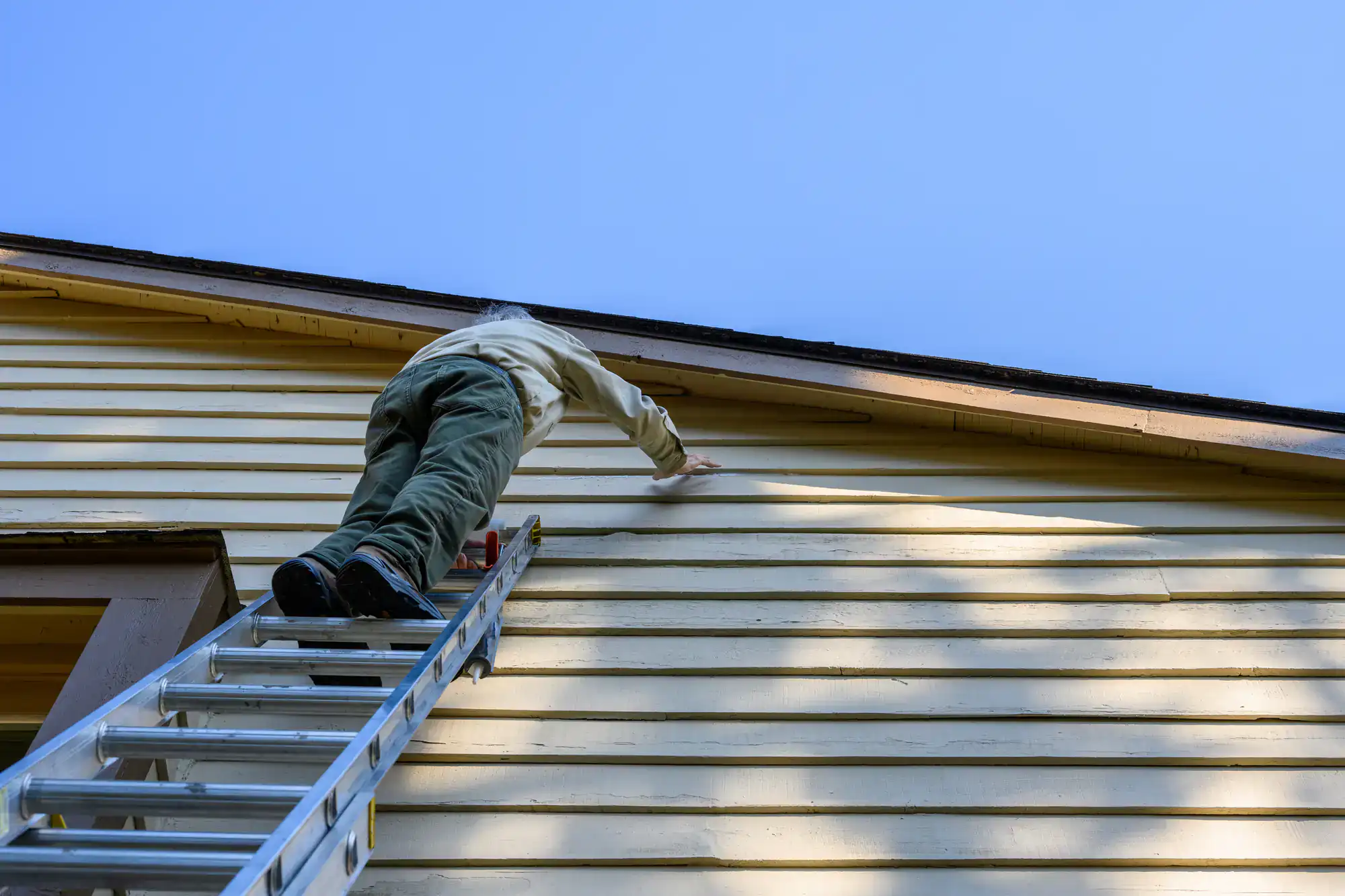
Ready to get started?
Vinyl siding remains popular in Elwood, NY for good reason. Modern vinyl handles temperature swings better than older versions, comes in dozens of colors and textures, and requires almost no maintenance. It’s cost-effective and performs well when properly installed with adequate ventilation.
Fiber cement siding, particularly James Hardie products, offers premium performance for Elwood homes. It won’t burn, rot, or attract pests. Hurricane-force winds don’t faze it. The ColorPlus technology resists fading even in full sun exposure. Many Elwood homeowners qualify for insurance discounts because of fiber cement’s fire resistance.
Cedar shake siding brings natural beauty that ages gracefully in coastal environments. When properly maintained, cedar provides excellent insulation and can last decades. We source quality cedar and use installation techniques that maximize its natural weather resistance while maintaining that classic Long Island aesthetic many homeowners love.
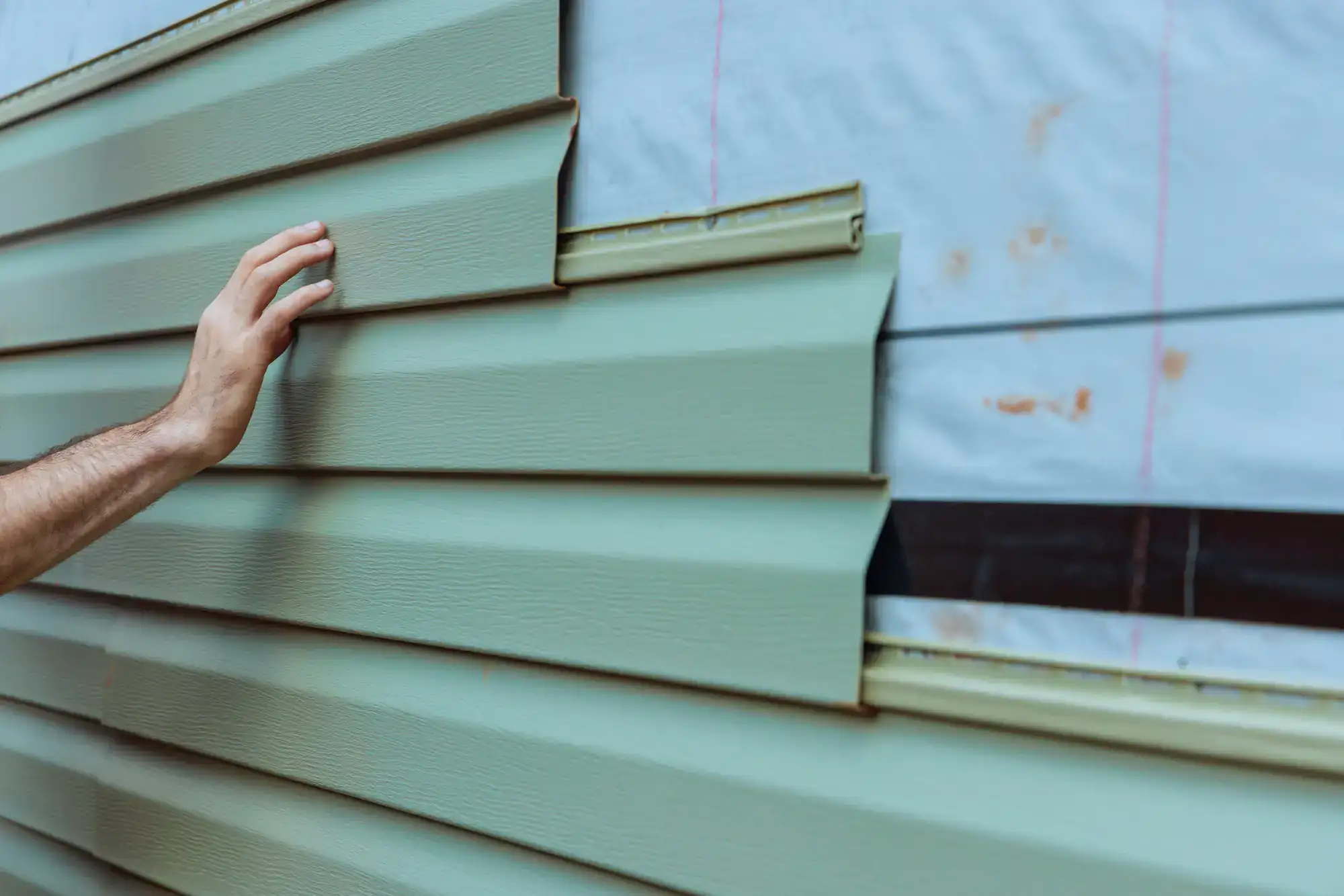
Fiber cement and quality vinyl siding perform best in our coastal environment. Fiber cement like James Hardie products resists hurricane-force winds, won’t rot from humidity, and handles salt air without deteriorating. The material is engineered specifically for harsh climates.
Quality vinyl siding also works well when properly installed with adequate ventilation. Modern vinyl formulations handle temperature swings better than older products and won’t warp as easily in summer heat. The key is choosing thicker gauges and ensuring proper installation techniques that account for expansion and contraction.
Cedar can work beautifully but requires more maintenance in our humid environment. Whatever material you choose, proper flashing, moisture barriers, and ventilation are critical for long-term performance in Elwood, NY’s challenging conditions.
Quality siding should last 20-50 years depending on the material and installation quality. Fiber cement siding typically lasts 30-50 years with minimal maintenance. James Hardie backs their products with 30-year non-prorated warranties, which tells you something about expected lifespan.
Vinyl siding generally lasts 20-40 years, with premium products on the higher end of that range. The key factors are material quality, proper installation, and choosing products designed for our climate conditions.
Wood siding can last decades but requires regular maintenance – staining, sealing, and addressing any moisture issues promptly. In Long Island’s humid environment, neglected wood siding may need replacement in 15-20 years, while well-maintained cedar can go 30+ years.
Yes, properly installed siding significantly improves energy efficiency. New siding eliminates gaps and air leaks that let conditioned air escape. When combined with proper insulation and moisture barriers, you’ll notice lower heating and cooling costs.
Insulated vinyl siding adds an extra layer of thermal protection. Fiber cement siding works well with foam board insulation underneath. The key is treating siding as part of your home’s complete thermal envelope, not just a cosmetic upgrade.
Many Elwood, NY homeowners see 10-20% reductions in energy costs after siding replacement, especially when upgrading from old, poorly sealed siding. The exact savings depend on your home’s current condition, but improved comfort and lower bills are common benefits of quality siding installation.
Document the damage immediately with photos for insurance purposes, then call for professional assessment. Don’t attempt temporary repairs that might void warranty coverage or create bigger problems.
We provide emergency services for storm damage and work directly with insurance companies to streamline the claims process. Quick response prevents water infiltration that can cause expensive structural damage beyond just the siding itself.
Even minor storm damage should be addressed promptly. Small gaps or loose panels can become major problems during the next storm. We’ve seen situations where delayed repairs led to water damage, mold issues, and much more expensive restoration projects than the original siding repair would have cost.
Consider your priorities: budget, maintenance preferences, and long-term plans. Vinyl costs less upfront and requires minimal maintenance. Quality vinyl looks good and performs well for most Long Island homes.
Fiber cement costs more initially but offers superior durability, fire resistance, and often better resale value. It handles extreme weather better and typically lasts longer with less maintenance over its lifetime.
Think about your home’s exposure to weather, your maintenance preferences, and how long you plan to stay. We’ll walk through the real-world performance and costs of both options based on your specific situation and help you make the choice that makes the most sense for your home and budget.
Complete siding installation includes removal of old siding, inspection of underlying structure, installation of moisture barriers and insulation as needed, and installation of new siding with proper flashing and trim work.
We handle all necessary permits, provide daily cleanup, and ensure proper disposal of old materials. The installation includes soffit and fascia work, window and door trim, and any necessary repairs to the underlying structure discovered during the project.
Every installation comes with our workmanship warranty in addition to manufacturer warranties on materials. We don’t consider the job complete until you’re satisfied with both the appearance and performance of your new siding system.
Other Services we provide in Elwood